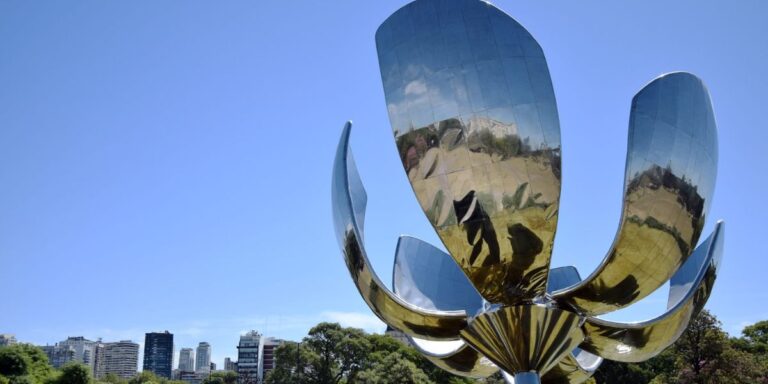Buenos Aires epitomizes Argentina in all its elegance and constant bustle. Argentina’s political, economic, and cultural center, as well as the entryway to the rest of this vast country, is located in Buenos Aires, the second-largest city in South America.
With numerous pleasant corners where neat high-rise apartments are intermingled with lovely 19th-century structures, its tiny, tree-lined heart is evocative of Paris. Most first-time visitors are shocked to learn that this large city has kept many of its ancient customs alive. You’ll never tire of exploring these lovely communities because each of their 47 “barrios” has a unique personality.
Best Places to Visit Buenos Aires
Read through this list of the top tourist attractions and things to do in Buenos Aires to learn more about these and other fantastic locations to visit in the Argentinian capital.
1. Take a look at Plaza de Mayo
The beautiful historic colonial structures in Plaza de Mayo are examples of Buenos Aires’ Belle Époque. The charming two-block-long plaza, which was the scene of numerous significant historical events for the city, was established in the 16th century and is the oldest public square in the nation.
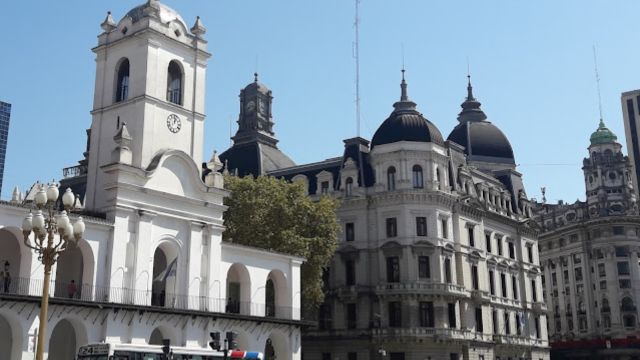
The two most noteworthy of these were the rebellion against Spain in 1810 and the ongoing vigils held by the Madres de la Plaza de Mayo, or the Mothers of Plaza de Mayo, whose children “disappeared” during the military junta’s rule from 1976 to 1983.
2. Take a tour inside Casa Rosada, the White House’s Pink Mansion
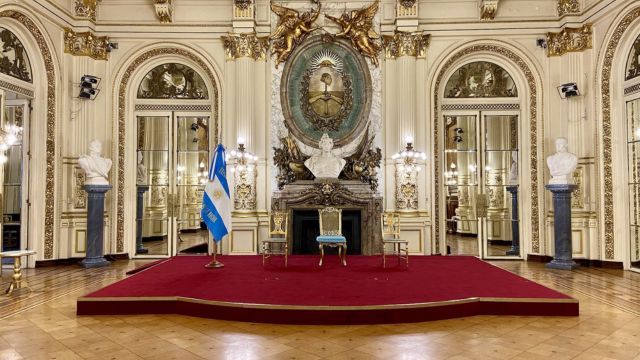
Casa Rosada, the most well-known of Plaza de Mayo’s numerous beautiful structures, was constructed in the middle of the nineteenth century and is believed to have once been the location of a fort and an antiquated customs house from the sixteenth century.
See More:
- Get Ready to Know 10 Best Places to Visit in Summer in the USA With Family!
- Can’t-Miss the 10 Best Attractive Places in NC to Visit in the USA!
- Know the 10 Best Crucial Places to Visit in Portland Maine, USA!
Literally meaning “Pink House,” Casa Rosada is the official residence of the President of Argentina. It is also known as Casa de Gobierno or the government house.
3. Theaters in a City: The Colón Theater
A trip to one of the numerous exquisite performance venues in Buenos Aires is something that no admirer of great theater, or great theaters, should miss.
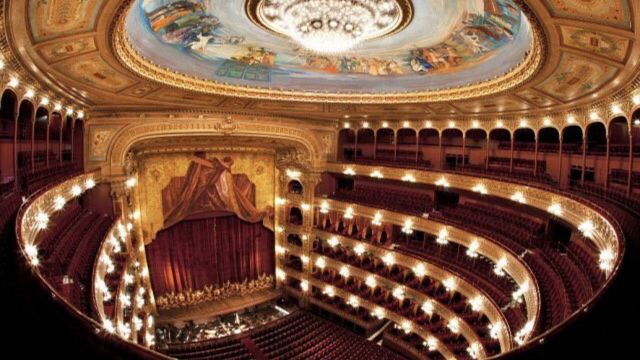
The Colón Theater (Teatro Colón), a magnificent opera, ballet, and classical music venue that opened in 1908 and has played host to artists like Callas, Toscanini, Stravinsky, Caruso, and Pavarotti, is probably the most well-known.
4. The Recoleta Cemetery and Museums
The Franciscan monastery that was established here in or about 1716 is where the fashionable Recoleta gets its name, although it’s probably most known for its beautiful cemetery.

The Recoleta Cemetery (Cementerio de la Recoleta) has long been a favorite among both residents and visitors, who come here for the numerous ornate mausoleums that are the final resting places for a veritable Who’s Who of famous Argentines, including such illustrious souls as Eva Perón, who is currently embalmed in the Duarte family tomb.
5. Take a look at La Boca and the Caminito Street Museum
La Boca is Buenos Aires’ most vibrant neighborhood and unquestionably one of the best spots to go if you want to take some fantastic photos of the real Argentina. It is also a favorite hangout for artists and other creative types.

In reality, a lot of these same people will exhibit their work in public by adorning balconies and patios with humorous sculptures of tango dancers and other figures.
6. Defensa Calle
Calle Defensa is one of the oldest districts in Argentina and is a raucous attraction with plenty of dining, dancing, and shopping in San Telmon.
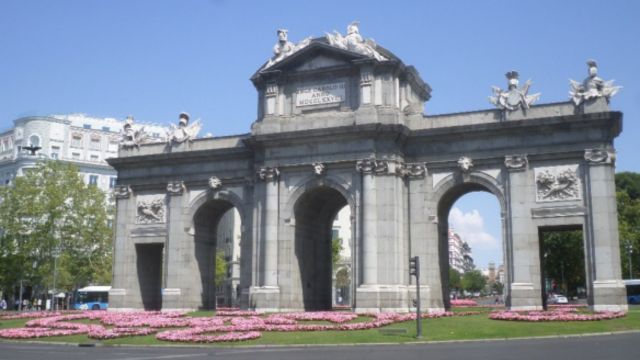
Calle Defensa still has its original construction, including cobblestone streets, to this day. Many times, these same streets are thronged with individuals, many of them are artists and performers sharing their passions. Tango dancers displaying their prowess or living statues honing their ability to startle observers by passing for a statue are typical sights.
7. Palacio Barolo
The Palacio Barolo is a historical site located in the Montserrat district of Buenos Aires, Argentina. It was built to contain the ashes of the poet and scholar Dante Allerghiri. Up until the Kavanagh Building was completed in 1936, it was Buenos Aires’ tallest structure.
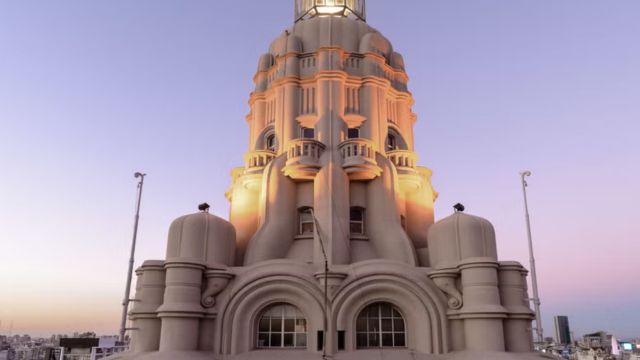
The Italian architect Mario Palanti, who also designed the Palacio Barolo, also created the Palacio Salvo, an eclectic-style building in Montevideo, Uruguay.
8. The Evita Museum
The Evita Museum is set in a home from the early 20th century and is devoted to showcasing the life of Eva Perón, the former First Lady of Argentina. Italian Renaissance and Plateresque architectural styles are present.
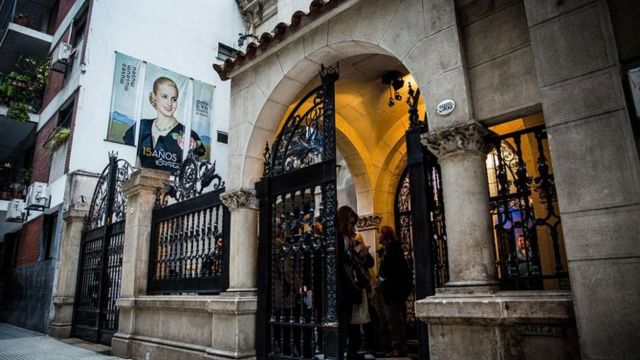
For providing shelter to needy mothers and children in 1948, it was named a National Historical Monument in 1999.
The museum houses a sizable collection of garments and souvenirs that formerly belonged to Evita, as well as interactive exhibitions.
9. Cabildo de Buenos Aires
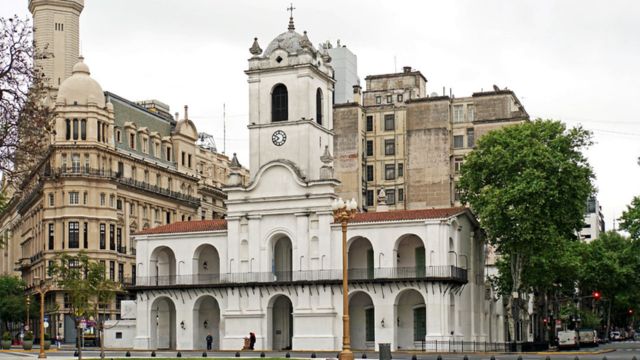
The stunning Cabildo, which was at the center of the May 1810 uprising against Spanish control and was situated in Plaza de Mayo, functioned as the colonial government’s seat. It was initially expanded in the 18th century and dates back to 1610.
See More:
- The Top 10 Best Places to Visit in Edinburgh: Explore the Enchanting Trip There!
- Discover the Top 10 Best Places to Visit in the Appalachian Mountains!
Today, this magnificent structure is home to the National Museum of the Cabildo, which features a variety of exhibitions about the city in the 18th century, including a model of the city’s first printing machine, a display of Jesuit and colonial art, and a ton of ancient maps and photographs of the area.
10. San Telmo and the National Museum of History
San Telmo, one of Buenos Aires’ most vibrant neighborhoods, is well known for housing a large number of art studios and noteworthy galleries in its historic colonial-style houses and winding cobblestone lanes.

The neighborhood is also well-known for its cafés, tango bars, and boutique stores. It is a treat to explore, especially during the San Telmo Sunday show (Feria de San Telmo), a crowd-pleasing antiques show that attracts both eager shoppers and tourists.
Conclusion
Buenos Aires is a vibrant city with a wealth of cultural and artistic opportunities. The Argentine capital’s vibrant nightlife and alluring tango dance scene ensure that you never get bored.
It has countless vibrant and historic avenues, including Avenida Corrientes, also referred to as “the street that never sleeps.”
| Official Portal | https://directorateheuk.org/ |

